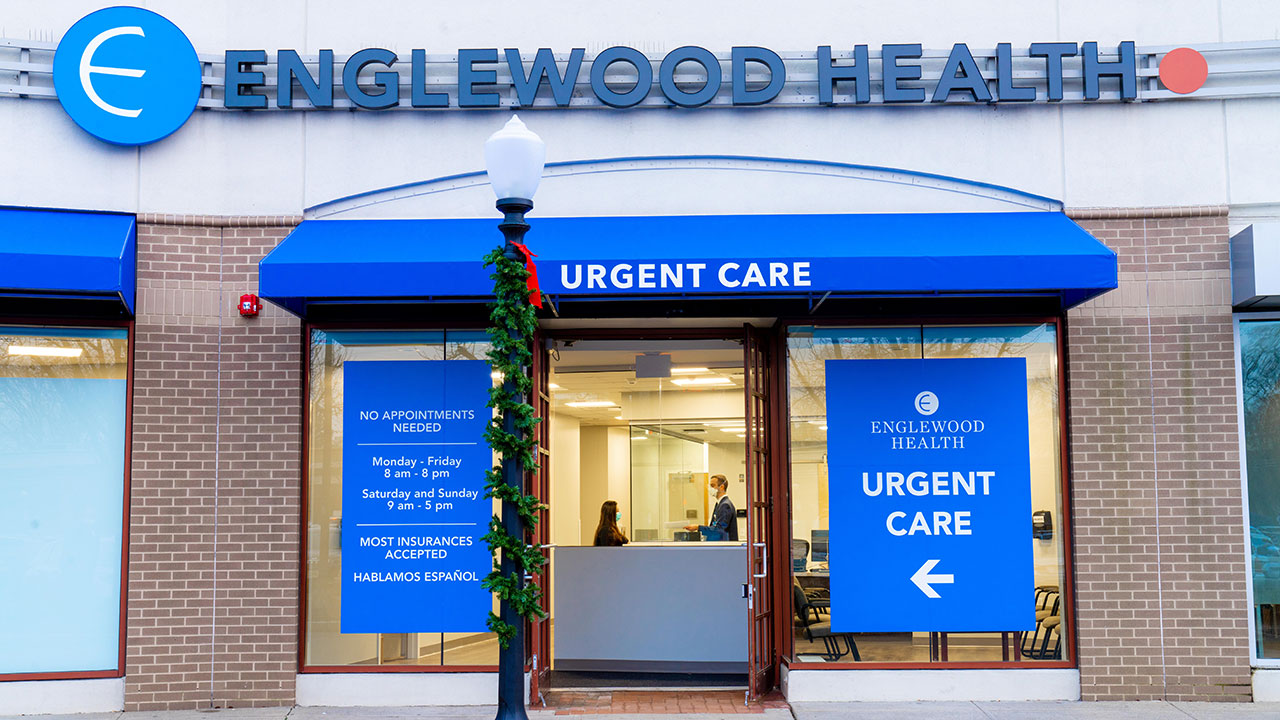Comprehending the Function of Urgent Treatment in Providing Timely Treatment for Non-Life-Threatening Conditions
Immediate treatment facilities have emerged as a crucial component of the medical care landscape, resolving the instant requirements of clients with non-life-threatening conditions. By providing obtainable and timely medical solutions, these facilities effectively link the space between medical care and emergency divisions. Nevertheless, the ramifications of their duty extend beyond simple comfort, motivating a closer examination of when and exactly how these centers are made use of. Comprehending the subtleties of urgent treatment could dramatically affect person outcomes and the overall performance of healthcare delivery. What elements contribute to their expanding value in modern medication?
What Is Urgent Care?
Immediate treatment describes a group of clinical services made to resolve non-life-threatening problems that require instant focus. These facilities act as an intermediary between medical care physicians and emergency situation rooms, offering a hassle-free choice for clients that require prompt care without the comprehensive waiting times typically linked with emergency situation departments.
Urgent care facilities are generally staffed by physician, consisting of doctors, registered nurse practitioners, and doctor aides, who are trained to diagnose and deal with a broad variety of conditions. Common solutions given by these centers include treatment for minor injuries, health problems, and infections, along with diagnostic tests such as X-rays and laboratory work.
In addition, immediate care centers often approve walk-in patients, getting rid of the requirement for appointments. In general, immediate treatment plays a vital duty in the healthcare system, making sure people can access vital medical services immediately and successfully.

When to seek treatment at an immediate treatment facility rather of a main treatment physician or an emergency situation space,Several individuals may discover themselves uncertain about. Immediate treatment is created to attend to non-life-threatening conditions that require prompt interest yet are not serious sufficient to necessitate an emergency clinic check out.
Usually, one need to consider urgent look after concerns such as small cracks, sprains, cuts requiring stitches, or infections like urinary system infections. Furthermore, cool or influenza symptoms, breakouts, and allergies can likewise be properly managed in this setup.
It is essential to note that immediate treatment is not suitable for lethal emergencies, such as chest discomfort, trouble breathing, or severe bleeding, which require instant emergency clinic intervention.
People that do not have accessibility to a medical care medical professional or can not safeguard a timely appointment may likewise take advantage of urgent care services. Inevitably, comprehending when to make use of immediate treatment can result in much more efficient health care distribution, allowing patients to obtain the appropriate level of care based upon their specific health needs.
Advantages of Urgent Care Centers
Selecting immediate treatment facilities for non-life-threatening problems uses a number of advantages that improve client experience and availability. One main benefit is the decreased delay times contrasted to traditional emergency situation areas. Immediate treatment facilities normally operate a first-come, first-served basis, permitting individuals to get timely clinical focus without the long delays frequently related to health center setups.
Furthermore, immediate treatment centers give prolonged hours, consisting of weekends and evenings, suiting people with differing routines. This flexibility ensures that people can seek care when it is most practical for them, even more promoting prompt intervention.

Moreover, these centers often use a thorough variety of solutions, including analysis tests and small treatments, all under one roof covering. This combination of services not just enhances the client experience but also cultivates a much more cohesive strategy to handling non-life-threatening health issues, ultimately profiting general client end results.
Common Problems Treated
At immediate treatment centers, a selection of non-life-threatening conditions can be properly dealt with, offering people with easily accessible and prompt clinical support. These facilities are specifically proficient at resolving issues that need prompt interest however do not posture an instant threat to life or limb.
Typical conditions treated at urgent care centers consist of small injuries such as stress, sprains, and fractures. Immediate care facilities are equipped to execute essential analysis examinations, such as X-rays and lab tests, allowing them to offer detailed care.
Moreover, urgent care service providers can administer vaccinations, helping to stop the spread of infectious conditions - Urgent Care. They likewise provide services for small procedures, such as suturing wounds or draining abscesses. By offering these varied services, immediate treatment centers play a vital duty in bridging the void in between health care and emergency solutions, making certain individuals receive timely therapy for a vast array of conditions without the need for long haul times commonly related to emergency content situation rooms
How Urgent Treatment Sustains Healthcare System
Immediate care facilities play a vital role in supporting the overall health care system by relieving the burden on emergency divisions and offering prompt accessibility to healthcare for non-life-threatening conditions. By handling cases such as minor injuries, infections, and health problems, urgent treatment facilities allow emergency departments to focus on more critical individuals requiring immediate attention.
In addition, immediate care centers improve healthcare availability, supplying prolonged hours and an extra practical option to standard health care setups. This accessibility is especially helpful for individuals that might not have a regular physician or who require immediate therapy beyond typical office hours. As an outcome, urgent treatment facilities successfully decrease wait times and enhance individual complete satisfaction.
Additionally, urgent care facilities add to cost financial savings for both people and the medical care system by supplying lower-cost solutions contrasted to emergency situation divisions. This economic efficiency is essential in an era of climbing medical care prices, enabling patients to get needed care without incurring outrageous expenditures.
Final Thought
In verdict, immediate treatment centers play an important duty in the medical care system by delivering punctual therapy for non-life-threatening problems. By linking the void between key treatment and emergency clinic, these facilities ensure that people obtain timely medical focus without the extensive wait times generally related to emergency situation departments. The ease of access and efficiency of urgent care centers add significantly to alleviating the general burden on healthcare resources, boosting person outcomes, and promoting a much more efficient medical care distribution system.
Immediate care centers have emerged as a crucial component of the medical care landscape, attending to read this post here the immediate needs of clients with non-life-threatening problems. Urgent treatment sees generally sustain lower out-of-pocket expenses contrasted to emergency situation department check outs, making care much more affordable for patients without jeopardizing high quality. Immediate treatment facilities are outfitted to carry out needed analysis tests, such as X-rays and research laboratory tests, allowing them to give extensive care.
By using these varied solutions, urgent care facilities play an important role in bridging the gap in between primary treatment and emergency services, guaranteeing read this post here patients get prompt therapy for a vast variety of conditions without the need for long delay times typically associated with emergency situation rooms.
Moreover, urgent care facilities enhance health care access, using prolonged hours and a more hassle-free alternative to standard key treatment setups.